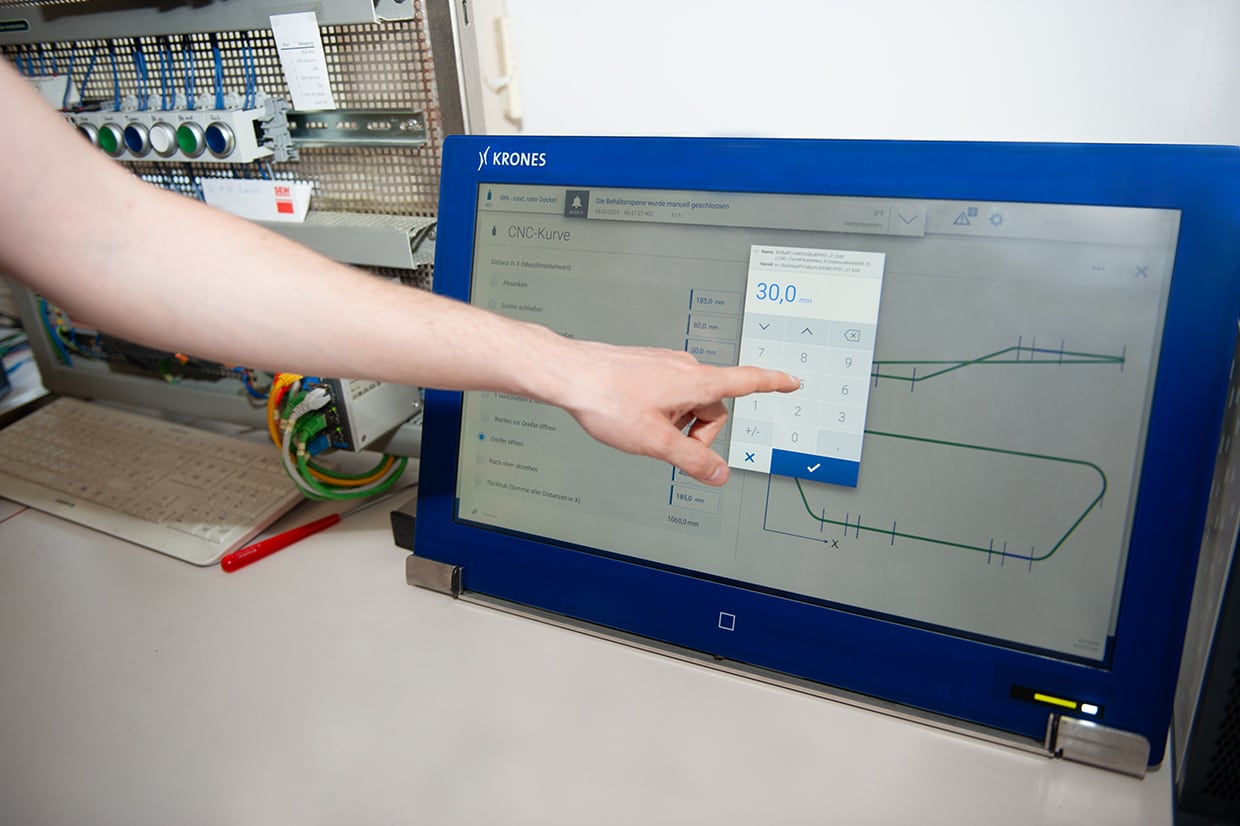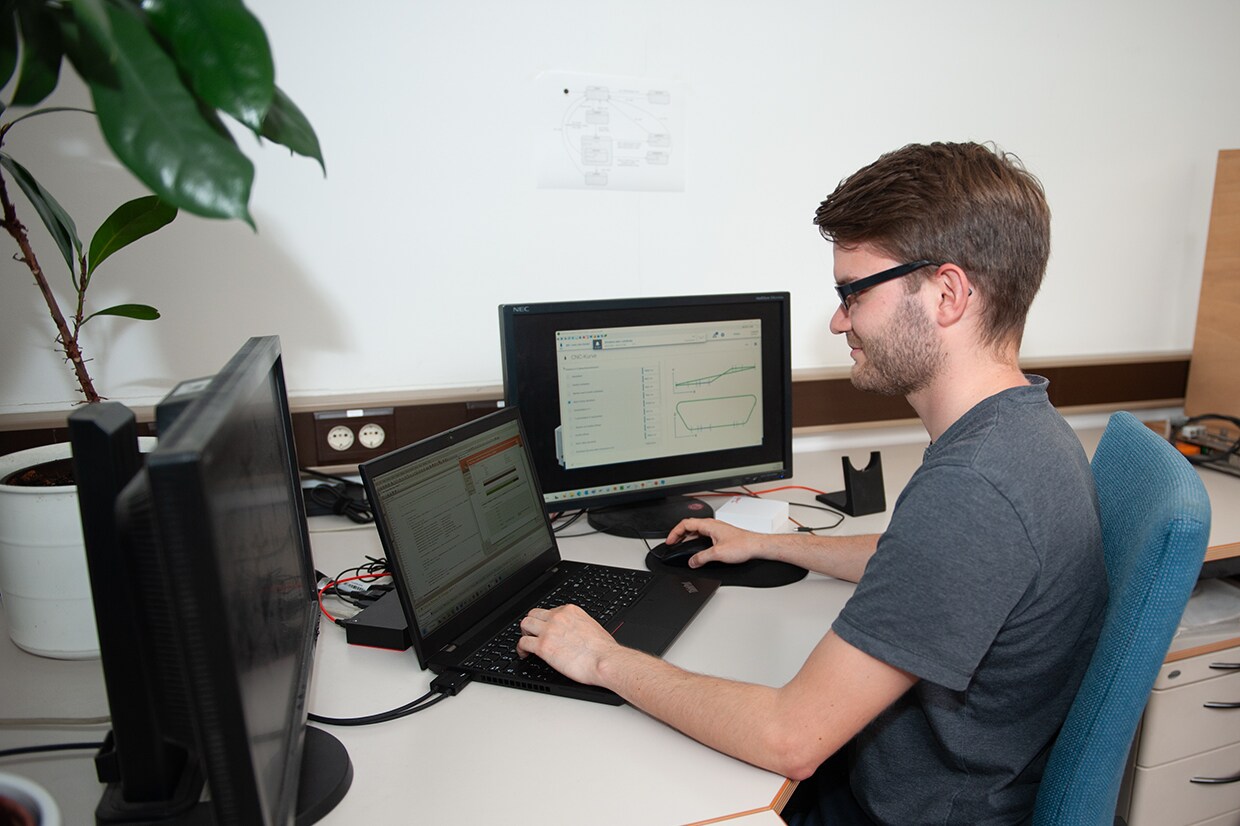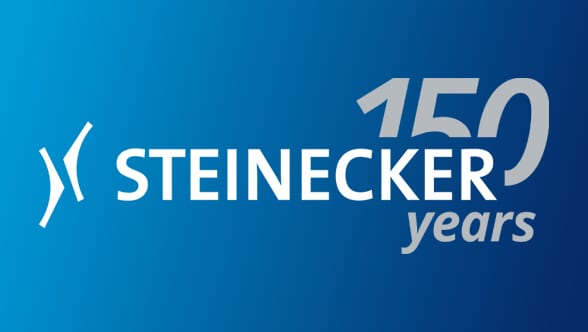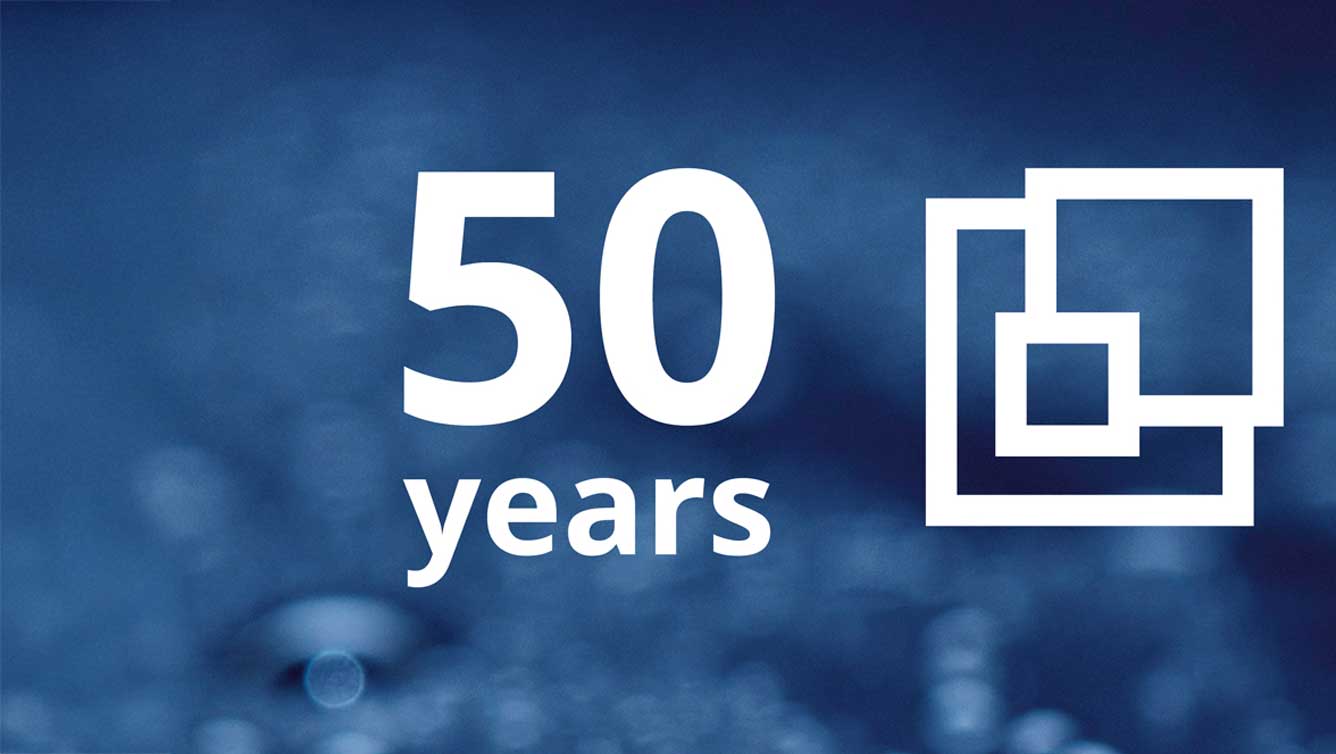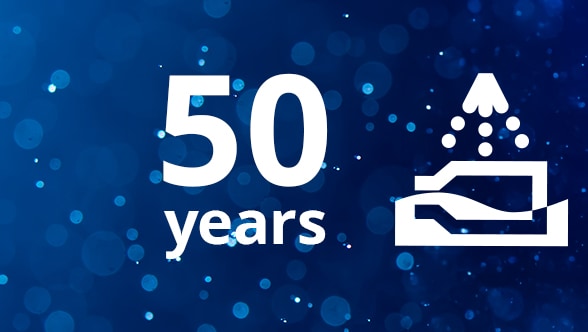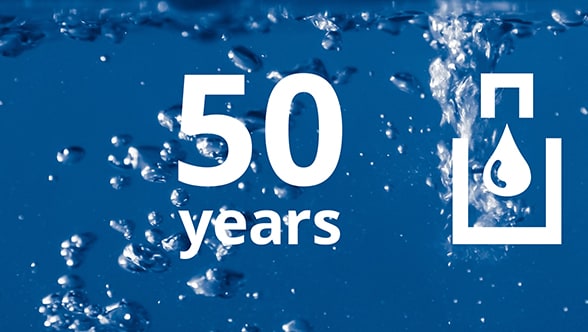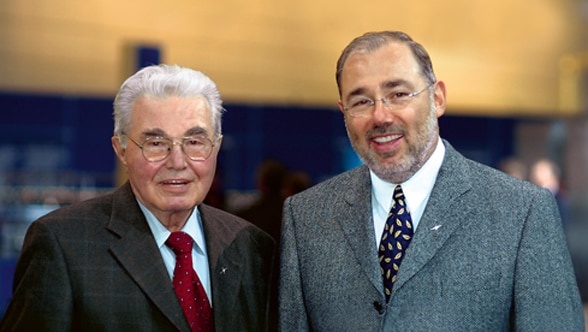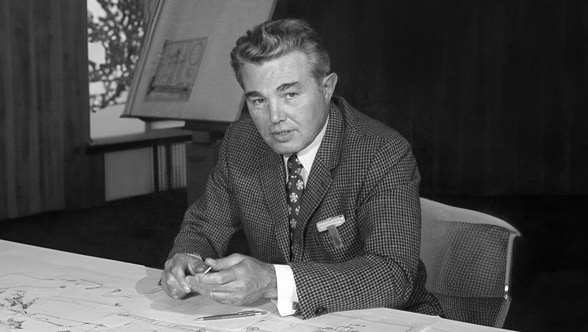Lukas took degree courses combining practical experience and study in electrical engineering and IT at the East Bavarian University of Applied Science (OTH) in Regensburg. He joined Krones in 2016 as part of his dual course of study, starting his training as an electronics technician for industrial engineering. His tasks included supporting the training centre team in introducing Magellan, an administrative HR software for creating redeployment plans, performance appraisals and report logs, and for system administration. Lukas held training courses on that for the employees looking after trainees in the various departments and for the then trainees at the facilities in Flensburg and Nittenau. In 2019, he did a hands-on training term. In 2020/2021, he wrote his bachelor’s thesis in the department where he is currently working: CDA Technical Owner Drives. Four and a half years after he started his studies, he’d obtained no less than two qualifications: an electronics technician certificate and a bachelor’s degree in electrical engineering and information technology. But that was not all: In order to build on the knowledge he had gained, Lukas successfully completed his Master of Engineering in 2022.
Programming and data evaluation
Lukas has been a permanent member in the Corporate Digitalisation and Automation team since September 2022. He works in drive technology and is tasked with a wide variety of jobs in connection with different projects, mainly with data evaluation and programming such as VisiWin programming. What is involved here is a process visualisation software which is used for setting up touchscreens before they are installed so as to ensure best possible operator control. His tasks are firstly to create pages with numerical inputs and outputs, images and buttons for a new machine and secondly to write the corresponding part in the B&R control system, so that functions later selected by the operator can be executed. “That takes up most of my time these days. My range of tasks changes, depending on how far along we are in the project concerned and on the specific points to be addressed,” says Lukas.
